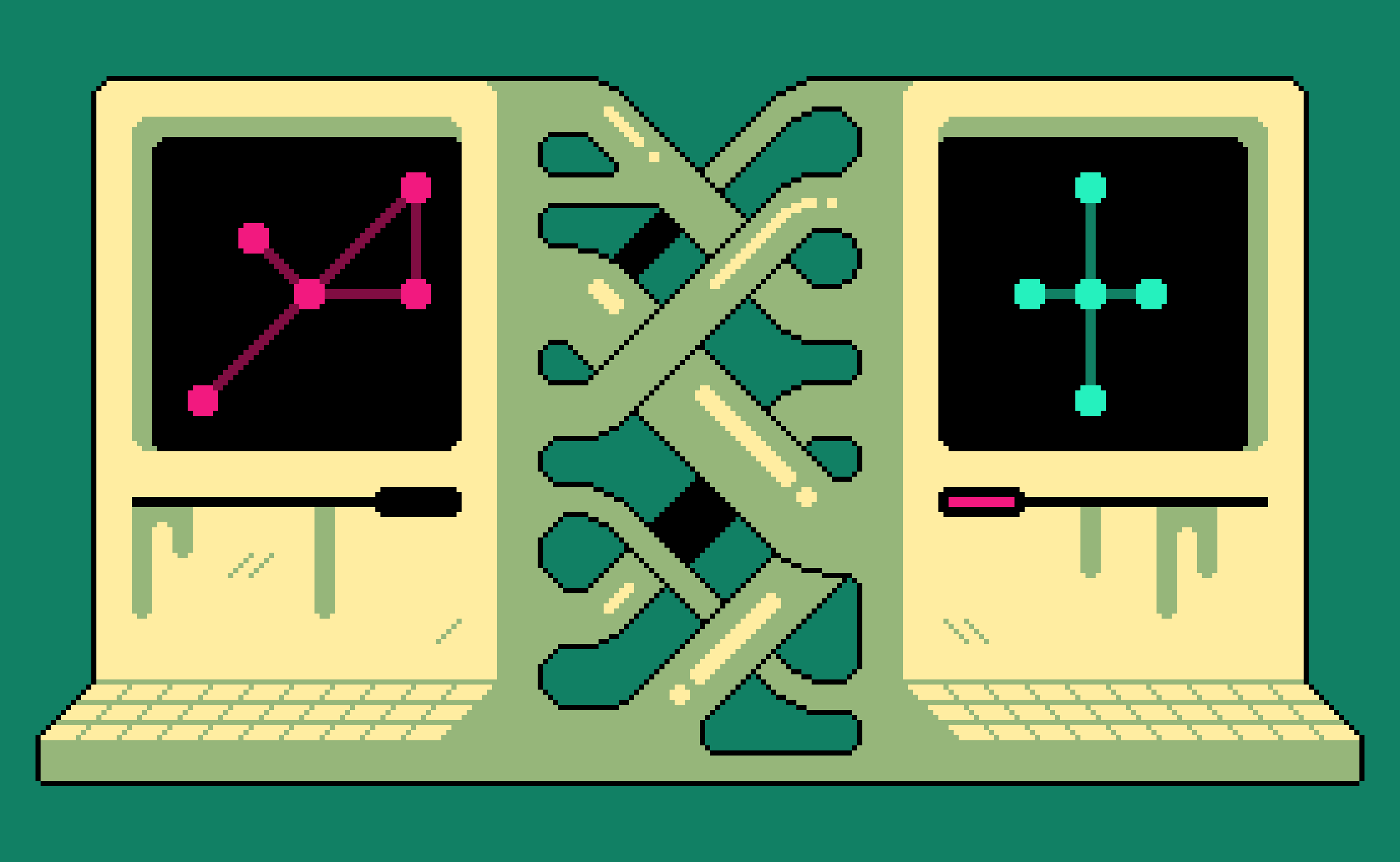Is Interoperability in Blockchain important?
My own thoughts.
Introduction
The probability of linking the different financial services platforms, without a doubt, is the solution to the conflicts generated by the exchange of virtual values, which comprises, aspects related to the development of applications as much as to the investment in hardware that can support the Big data and provide answers, in a constant search to improve the service offered by the blockchain.

There is difficulty in linking asset transactions as compatibility between blockchains is somewhat difficult to standardize. Blockchains design different protocols to ensure security. Tokens are handled in a specific way having to go through certain steps for storage, inclusion in exchanges, peer creation and subsequent exchange.
What is interoperability?
Effective communication between consensus nodes attributes trust and feasibility to transactions. More transactions per second can be generated in a distributed system considering the scalable aspects derived from blockchain technology. Interoperability is the creation of technologies that allow linking the largest amount of data in a blockchain or between several chains, which remain communicated.
Importance
To talk about interoperability, the concept of cross-chain must be taken into account, which is nothing more than communication between different networks that decide to create the appropriate channels for their protocols to be mutually accepted, making possible the adoption and massive exchange without intermediaries. With this duality, it seeks to minimize operational costs and accelerate the TPS process for the benefit of the blockchain.
There are limitations to operate between several blockchain, but at the same time, there are advances in multiplatform that work exclusively on this matter. The aim is to minimize structural problems for off-chain data handling by increasing communication capacity in terms of contract volume, reducing latency states, matching exchange rates, and paying special attention to transactional record mapping to ensure security.
What does interoperability look for?
Beyond making the network more effective and speeding up transactions, interoperability seeks to unite financial services companies to generate greater access to products, greater economic exchange, as well as, customer control of their assets from a single site. Respecting the fundamentals of decentralization that allow anonymity, autonomy, security and transparency.
Funding developers for the creation of DApps designed to maintain the balance, functionality and speed of smart contracts favors research and progress on cross-chains and their benefits.
The idea is to create visibility of the blockchain problem and generate pooled proposals where there is participation, since in order to achieve interoperability, there must first be a desire to make symbiosis with other platforms with a view to expanding the concept of the blockchain and unifying criteria about how to collaborate in the creation of a truly effective open system.
Interoperability issues and customer needs.
The compatibility of cryptoassets will make it possible to control larger and larger smart contracts, as well as, unlocking transactions instantly, supported by the Internet, which aims to create a more efficient system that can be used from anywhere in the world without the action of third parties. Building a more robust global finance ecosystem with unconstrained technology capable of meeting the challenges of cryptocurrency with absolute margins of security.

My own thoughts
Ecosystems operate in isolation mainly looking for internal solutions that allow them to be sustainable, allow them to solve their platform needs and achieve positioning in the stock market. Some technical and scalability issues make the customer look for solutions outside a given blockchain, people feel they cannot enjoy the true benefit of decentralization as multi-platform communication is not always within reach. Users want to make multi-touch transactions, control their financial data with ease, link the different platforms where they participate from a single user-friendly interface, among other collective needs.
Conclusion
Although there are several cross-platform solutions to maximize the performance of the Blockchain, work is still underway to standardize a protocol for effective communication of the networks. Due to the constant changes and frequent evolution of blockchain technology, the issue of interoperability remains an ongoing research project. Investing in technology and funding the development of DApps is a viable way to keep up with smart contract data transmission. In my own view, massifying the concept of cross-chain is the essential aspect of solving the Blockchain's problems and thus guaranteeing the user maximum utilization of its true potential.
Original Content
2021

